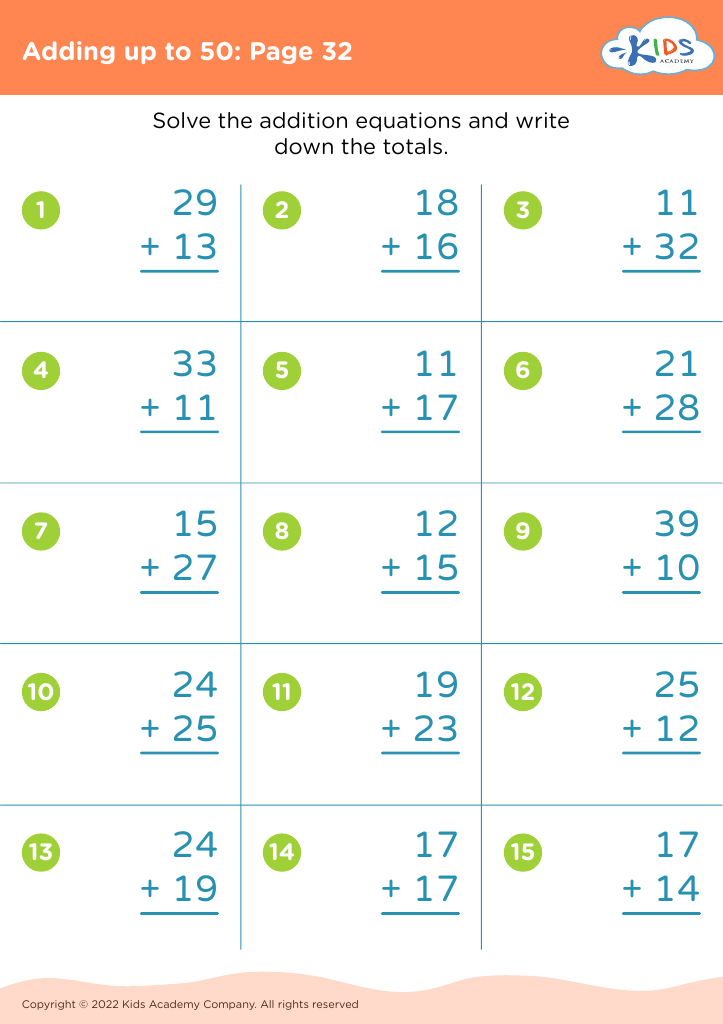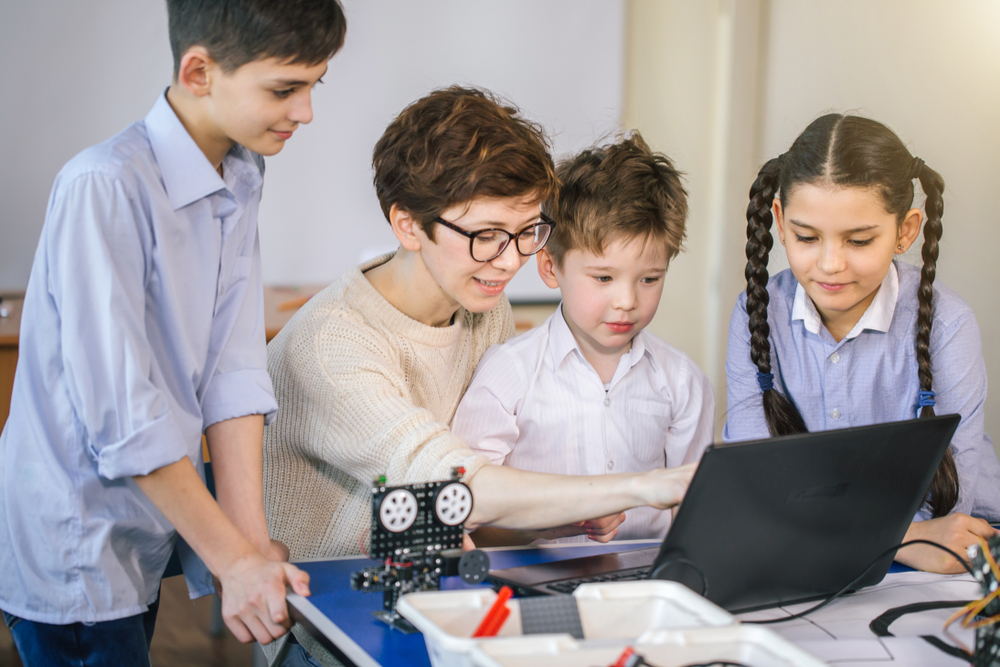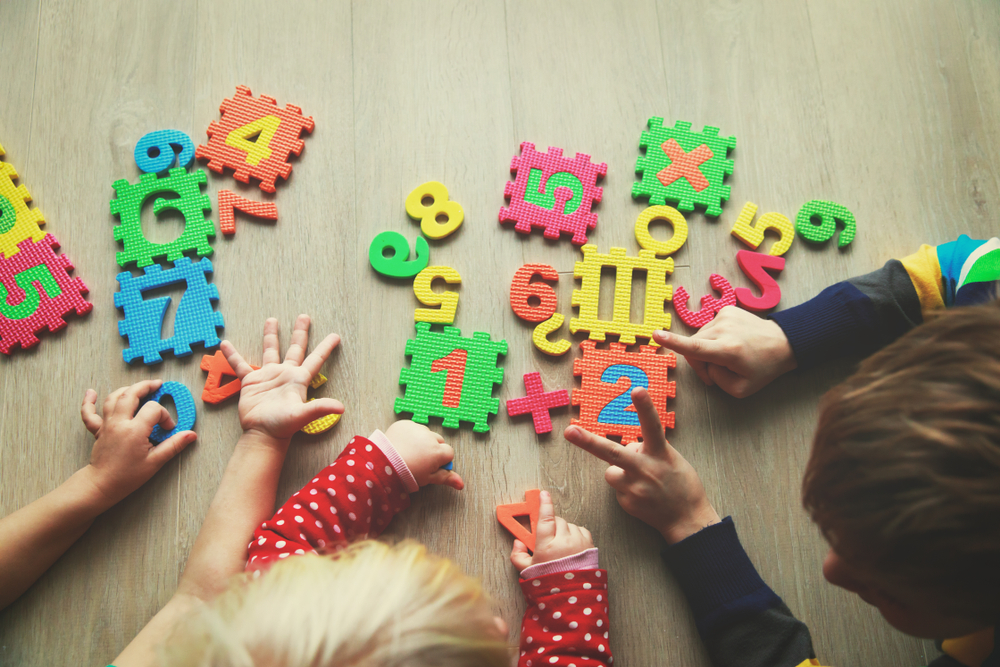Comparing quantities Addition Worksheets for Ages 3-9
7 filtered results
-
From - To
Welcome to our "Comparing Quantities Addition Worksheets" page, specially designed for children aged 3-9! These engaging worksheets help young learners develop essential math skills by exploring the concept of comparing quantities through addition. Our activities encourage critical thinking as children learn to identify greater than, less than, and equal to, while actively practicing addition. The colorful illustrations and interactive exercises make learning fun and effective. Perfect for homeschooling, classroom activities, or extra practice at home, our worksheets align with educational standards, ensuring your child builds a strong foundation in mathematics. Start your child’s math journey today!
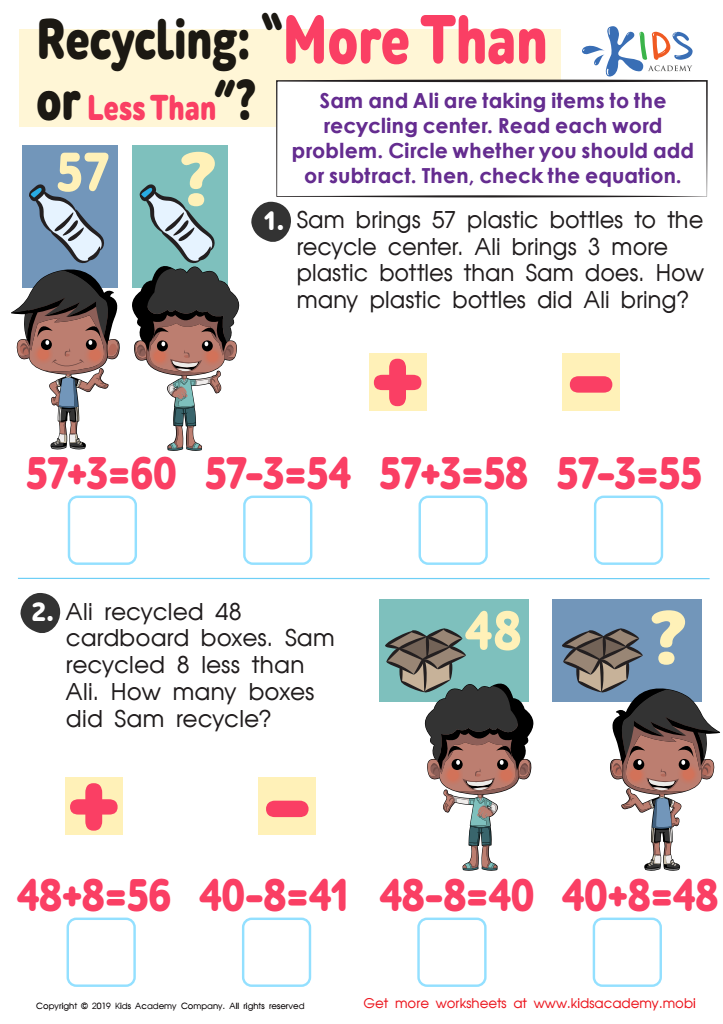

Recycling - More or Less Worksheet
Comparing quantities and understanding addition is a vital aspect of early mathematics education for children aged 3-9. At this stage, children are developing foundational cognitive skills that shape their future learning and problem-solving abilities. By fostering an understanding of comparing quantities, they learn to identify differences and similarities, which enhances their ability to think critically and make logical decisions. This skill also serves as a precursor to more complex mathematical concepts, such as subtraction and understanding the number line.
Parents and teachers play a crucial role in reinforcing these concepts through everyday interactions. Engaging children in activities that involve comparing quantities—like sharing snacks or counting toys—encourages practical application of skills, making learning enjoyable. Besides quantitative skills, these activities promote social interactions and language development as children articulate their reasoning.
Furthermore, mastering addition and quantity comparison instills a sense of confidence in young learners, reducing math anxiety in later years. For educators and parents, recognizing the significance of these early math skills is essential in nurturing well-rounded, mathematically literate individuals, capable of navigating both school challenges and real-world situations effectively. Investing time in these concepts lays a strong foundation for lifelong learning.
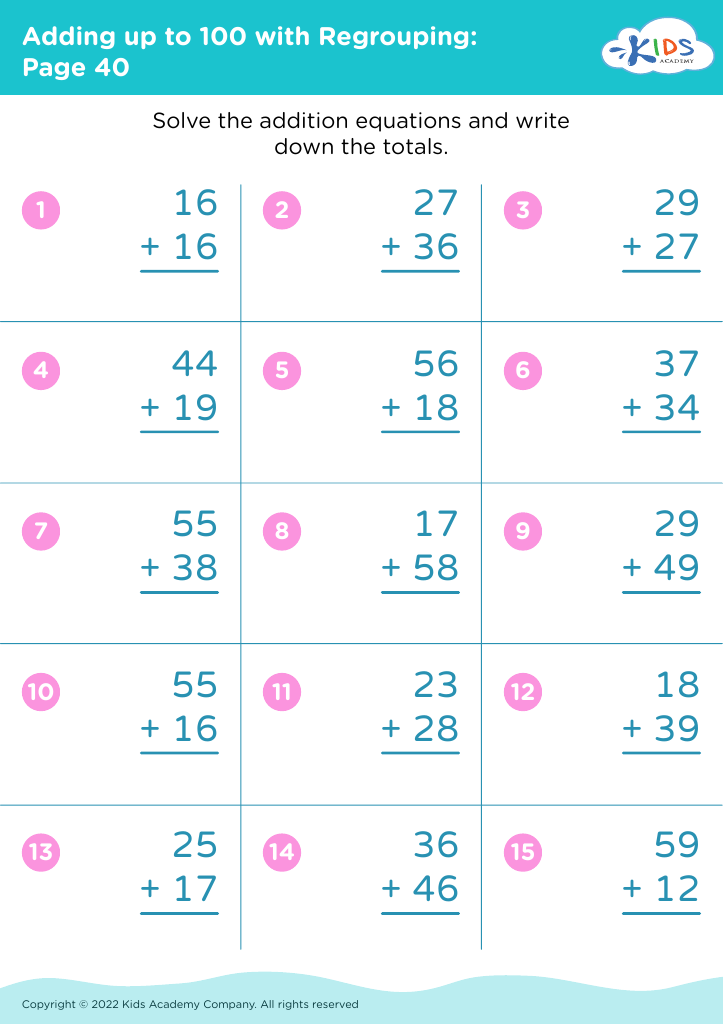

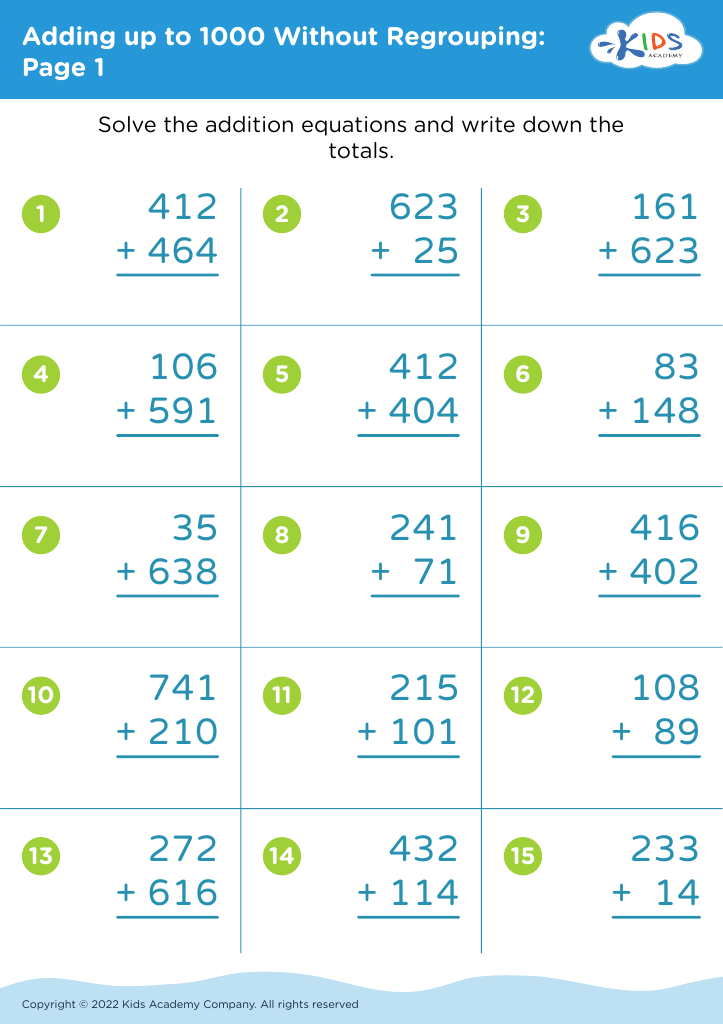
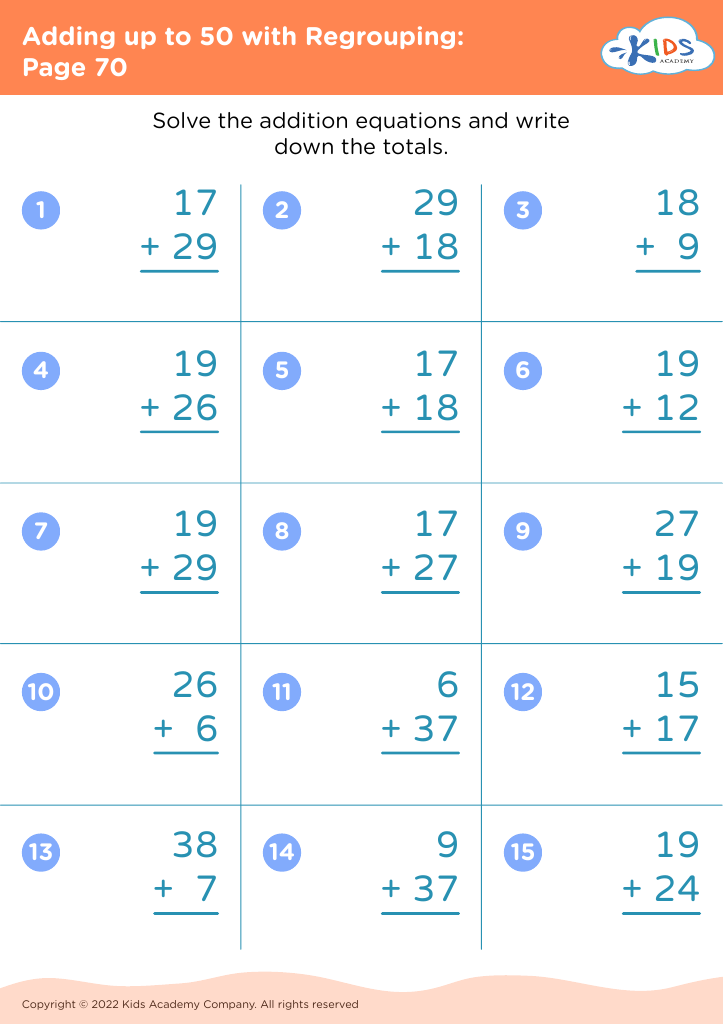
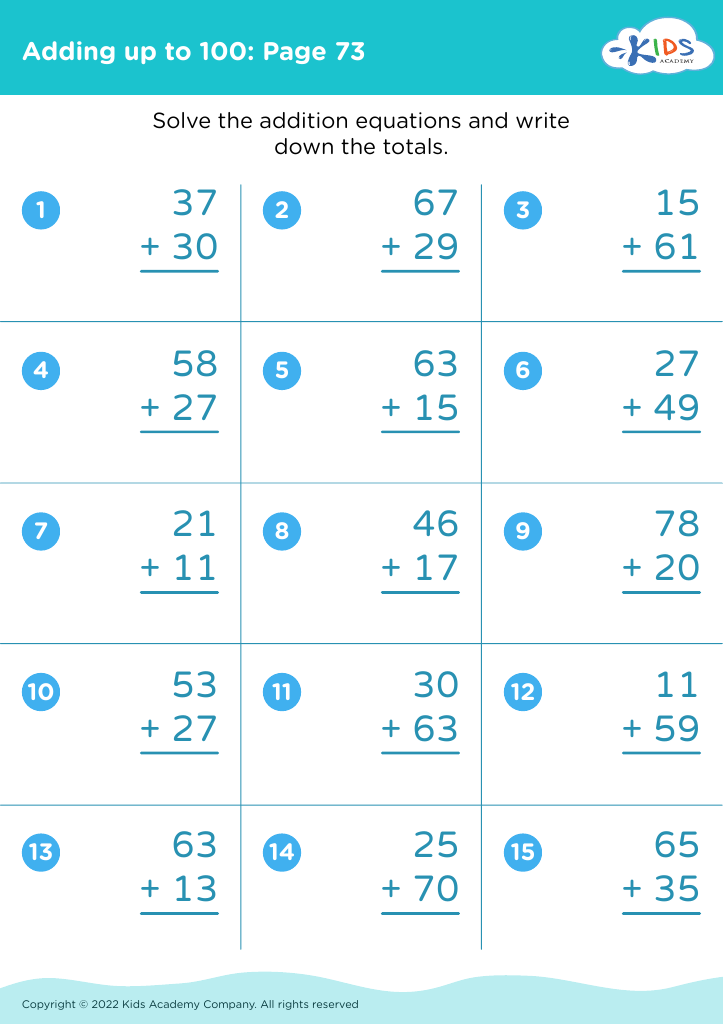
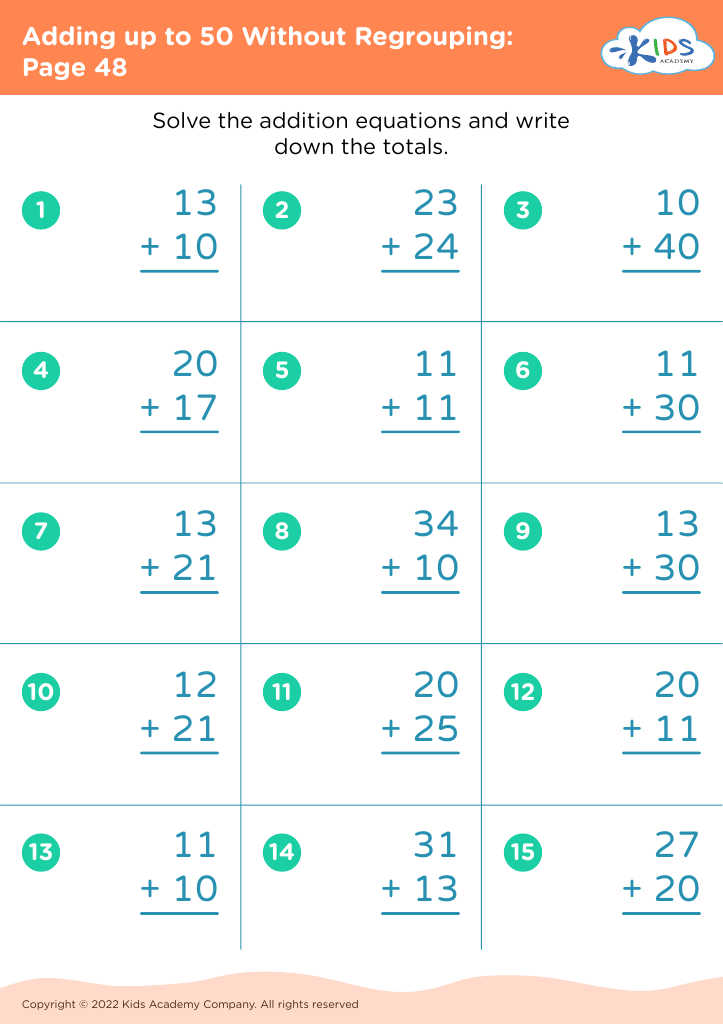

 Assign to My Students
Assign to My Students
